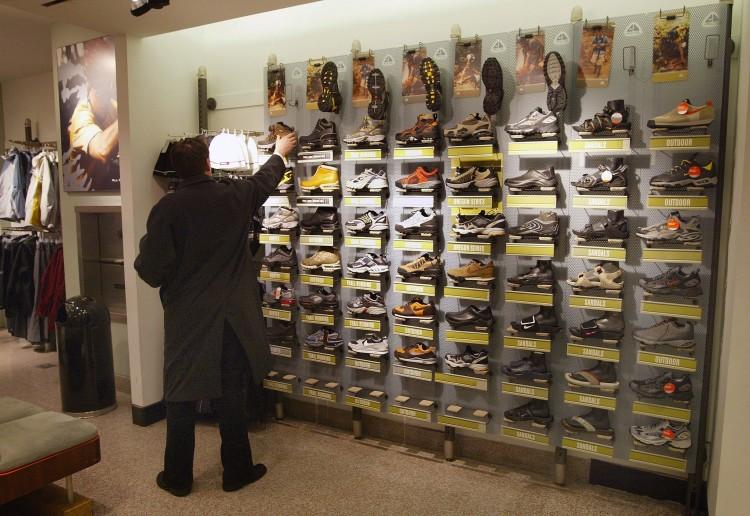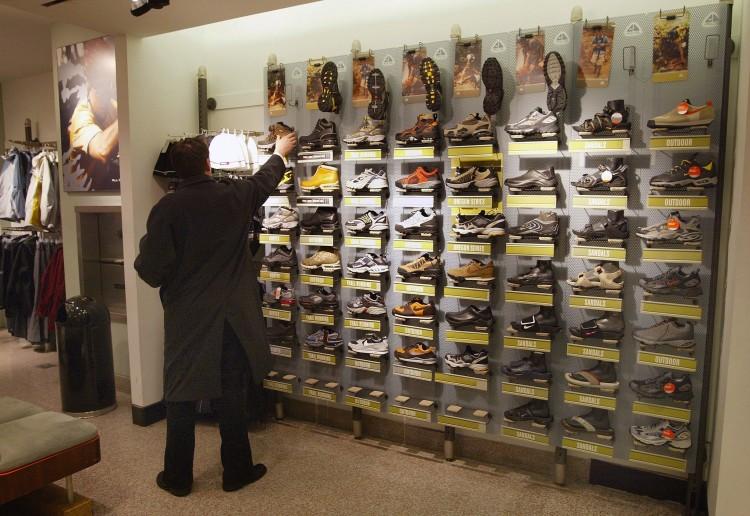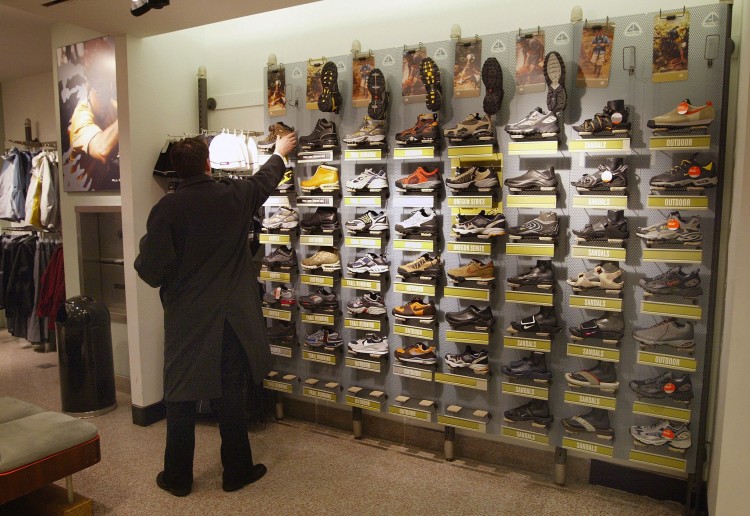The state of Illinois may raise the price of athletic shoes by 25 cents starting in the summer of 2013—if the Athletic Shoe Retailer Tax Act passes—in order to benefit at-risk youth.
According to nonprofits and lawmakers in the state, funding for their programs have decreased since 2009, and they are looking for creative ways to generate money in order to keep their programs alive.
Rep. William Davis (D-Ill.) introduced the Athletic Shoe Retailer Tax bill. “We have been encouraging groups and organizations to come with creative ways to fund good programs,” Davis said.
The extra tax money from the sale of athletic shoes in the state would go to support the Illinois YouthBuild Coalition (IYBC). The shoe tax money is estimated to bring $3 million dollars to the fund.
The IYBC is a nonprofit organization that helps at-risk young people between the ages of 16 and 24 to complete high school or a GED, get counseling, go on to college, and learn job skills as they build or renovate homes for homeless or low-income families. There are 16 programs in the state.
“They are fantastic programs to help young people,” Davis said.
Kerry Knodle, president and executive director of YouthBuild in Rockford, Ill., said that there is a long waiting list of young people that want to get into the YouthBuild programs; however, as it stands they can only help close to 17 percent of the young people that apply, according to Knodle.
Currently, programs in the state get funding through various means: grants, donations, federal funds through the Department of Labor, the Workforce Investment Act, or through private businesses, to name a few.
While it is not clear yet what constitutes an “athletic” shoe, Davis said that the correlation between athletic shoes and the IYBC is that young people tend to buy athletic shoes. The extra tax on something that young people buy is a great way to, in turn, help at-risk young people, according to Davis.
Yet he said that not everyone likes the idea. According to Davis, not everywhere in Illinois has young people on the streets with no opportunity, and citizens in such communities might not like the tax.
“Of course, they would be against this because it doesn’t impact them,” he said.
This is not the first time in the state of Illinois that consumer money has been generated for specific purposes. By the start of 2013, the state had passed a bill that charged $2 extra to renew license plates. That money is set to go to the Illinois Department of Natural Resources to fund extra staff and fix aging infrastructure in state parks.
The way Davis sees it, he would rather pay an extra $1.50 for his six pairs of athletic shoes than see tens of thousands of dollars go toward incarcerating young people who get in trouble on the streets.
The bill is still far off from being a signed deal, but in the meantime, Davis said that they are generating a lot of conversation. “It gives us an opportunity to tell the story,” he said.







